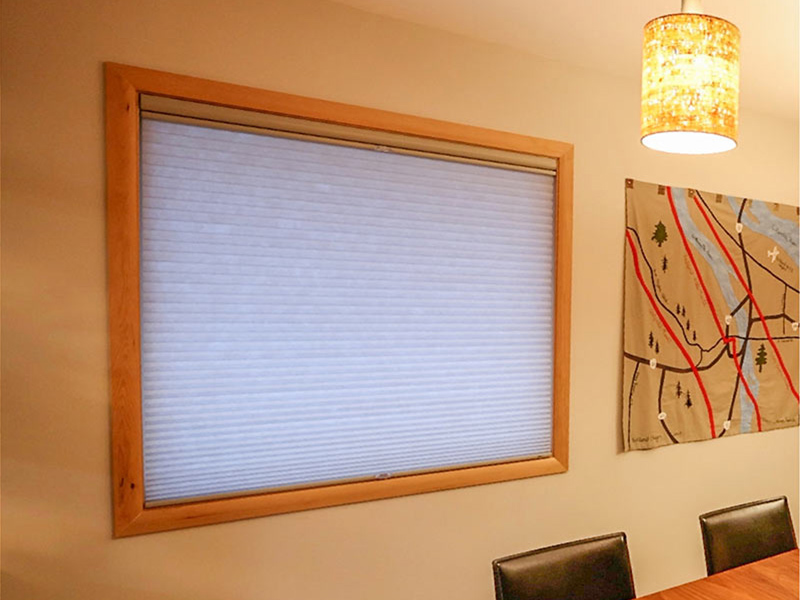
Don’t heat unused rooms and close the doors to keep heat where you want it. A rolled-up towel placed at the bottom of your door works as a draft protector, keeping the warm air inside and cold air out.

Use energy more efficiently, even if you rent.
Sign in or create your online account to check your energy use by the hour, by the day or over longer periods. Complete the Home Energy Analysis to better understand your bill and discover money-saving tips tailored to your energy use. You can also sign up for email or text alerts to get important updates about your account.

Don’t heat unused rooms and close the doors to keep heat where you want it. A rolled-up towel placed at the bottom of your door works as a draft protector, keeping the warm air inside and cold air out.

Use window coverings to save electricity. In the cold months, close curtains at night to prevent heat loss. Curtains and blinds made with thermally insulating material are especially helpful.

Practice thermostat control. Each degree you lower your thermostat in winter saves an estimated 3% on your heating bill. In winter, set it to 68 when you’re awake, 60 when asleep or away.

Wash smarter. Try using the energy saver mode on your clothes washer and dishwasher, and set your water heater to 120 degrees for the best mix of savings and safety.

Turn off computers and other electronics when they're not in use. Most default settings aren't the most energy efficient, so adjusting them can help you save more.

Be sure to unplug energy "vampires" such as phone chargers and other gadgets when you’re finished with them so they don't suck energy when not in use.

We've got your back! Check out our partners and programs before you make an energy-saving purchase —oftentimes, there are special deals that can help you save money.